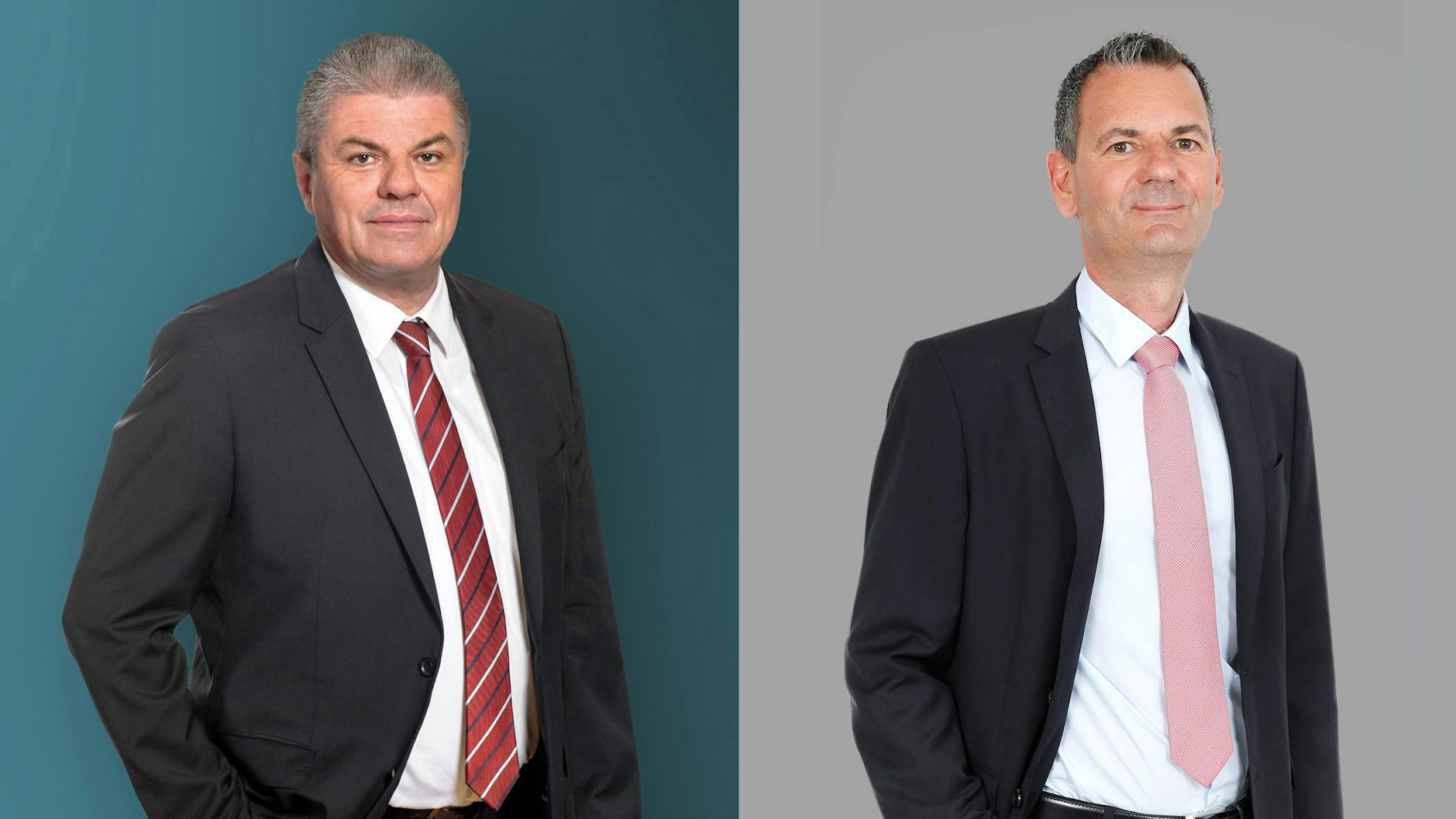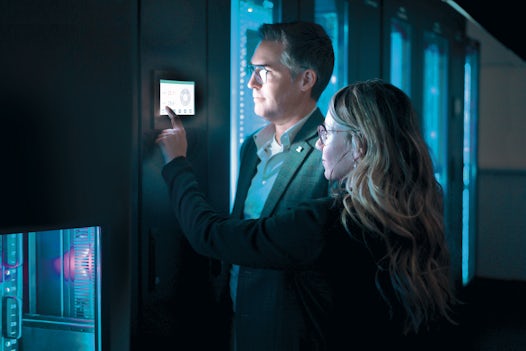
A great deal remains to be done on expanding broadband in the DACH region: fast fibre optic connections to end users are still rare in Germany (3.3 percent of homes) and Austria (1.9 percent of homes). In Switzerland one fifth of households already stream via optical fibre according to the latest market survey by the FTTH Council Europe. With the surge in digitisation triggered by the pandemic the pressing need for broadband fibre optic cables is increasing in the business environment in particular, for example as a prerequisite for planned 5G applications and edge computing projects.
For digitisation to succeed, small and medium-sized businesses in DACH want to make a massive investment in the new 5G wireless standard and in edge computing, latency-free data processing at the “edges” of their networks. This is one finding of the IT Infrastructure Study carried out by Techconsult market researchers on behalf of Datwyler Cabling Solutions. The Datwyler study shows that 55 percent of businesses in DACH plan to invest in 5G in the coming years. Edge computing, the latency-free processing of data close to data sources and users, is on the spending agenda of 47 percent of businesses in DACH.
“Businesses planning 5G campus networks and edge computing strategies today urgently need broadband fibre optic connections with transmission rates in the gigabit range in order to cope with the rising flood of data,” commented Johannes Müller, Chief Executive Officer (CEO) of Datwyler Cabling Solutions. Driven by the increasing need for real-time communication and working from home, the demand for Fibre to the Home and Fibre to the Building (FTTx) is growing enormously. Despite this, fibre optic expansion is being seriously hampered by the high civil engineering costs incurred in installing the ductwork for the fibre optic cables. “Fibre optic projects can be implemented cost-effectively by cooperation between network operators and IT infrastructure providers, as well as by product solutions which make optimum use of the limited space in the ducts,” added Ralf Klotzbücher, Managing Director of Datwyler Cables GmbH.
Cost-effective installation of fibre optic cables
One example of Datwyler’s innovative solutions is called “C-Micro”. This very slim new cable can make optimum use of the ever-shrinking space in duct systems for access, city and wide area networks. With “C-Micro” Datwyler gives network operators a product solution which substantially increases the fibre density in duct systems and commensurately reduces the cost of civil engineering work. In the new cable type “FO Outdoor wbKT C-Micro” Datwyler inserts an OS2 single-mode fibre (G.652.D BLO) which reduces the cable diameter by around one third.
Expanding fibre optic broadband networks with the right partner
For the implementation of FTTx networks which bring fast fibre optic connections into buildings and homes, Datwyler not only offers a wide range of product solutions, but comprehensive services as well. These range from the requisite preliminary studies through to operation of the networks. By using standardised components and systems the Swiss IT infrastructure expert ensures that execution is particularly cost-effective and that maintenance is simple. Modular components which are easily adaptable to local conditions are best suited to meeting specific on-site requirements – even in the long term. Broadband networks from Datwyler give operators a high degree of investment security. Added to this are decades of experience gained from infrastructure projects for clients throughout the world. For example, Datwyler fibre optic broadband networks are used in Nürtingen (Germany), in Zürich, Dietlikon, Sitten and other Swiss cities, in Mandaluyong City in the Philippines or on Al Reem Island, United Arab Emirates (see selected reference projects).
Material on the study “How digital are small and medium-sized businesses?”
You can download the comprehensive Study Report, the Executive Summary and infographics from the following website: www.cabling.datwyler.com/study.
Photographic material
You will find portraits of Johannes Müller, Chief Executive Officer (CEO) of Datwyler Cabling Solutions, and Ralf Klotzbücher, Managing Director of Dätwyler Cables GmbH, in print and web resolution in the ZIP file.



